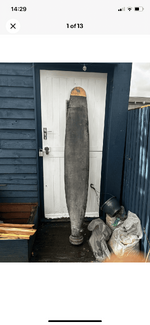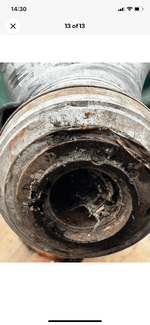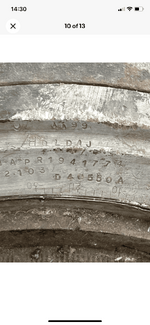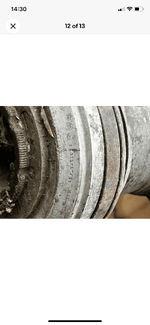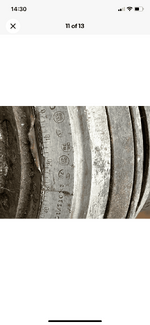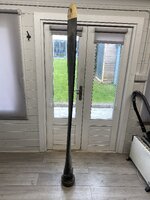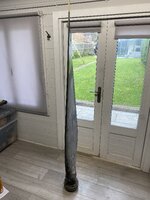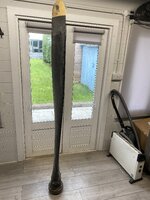Hi All,
I've acquired this Prop blade.
The original owner has said they believe it came from a Mosquito.
It's approx 6ft 3" in length.
Any help with the engine type/aircraft type this may have been used in would be greatly appreciated.
I've acquired this Prop blade.
The original owner has said they believe it came from a Mosquito.
It's approx 6ft 3" in length.
Any help with the engine type/aircraft type this may have been used in would be greatly appreciated.

